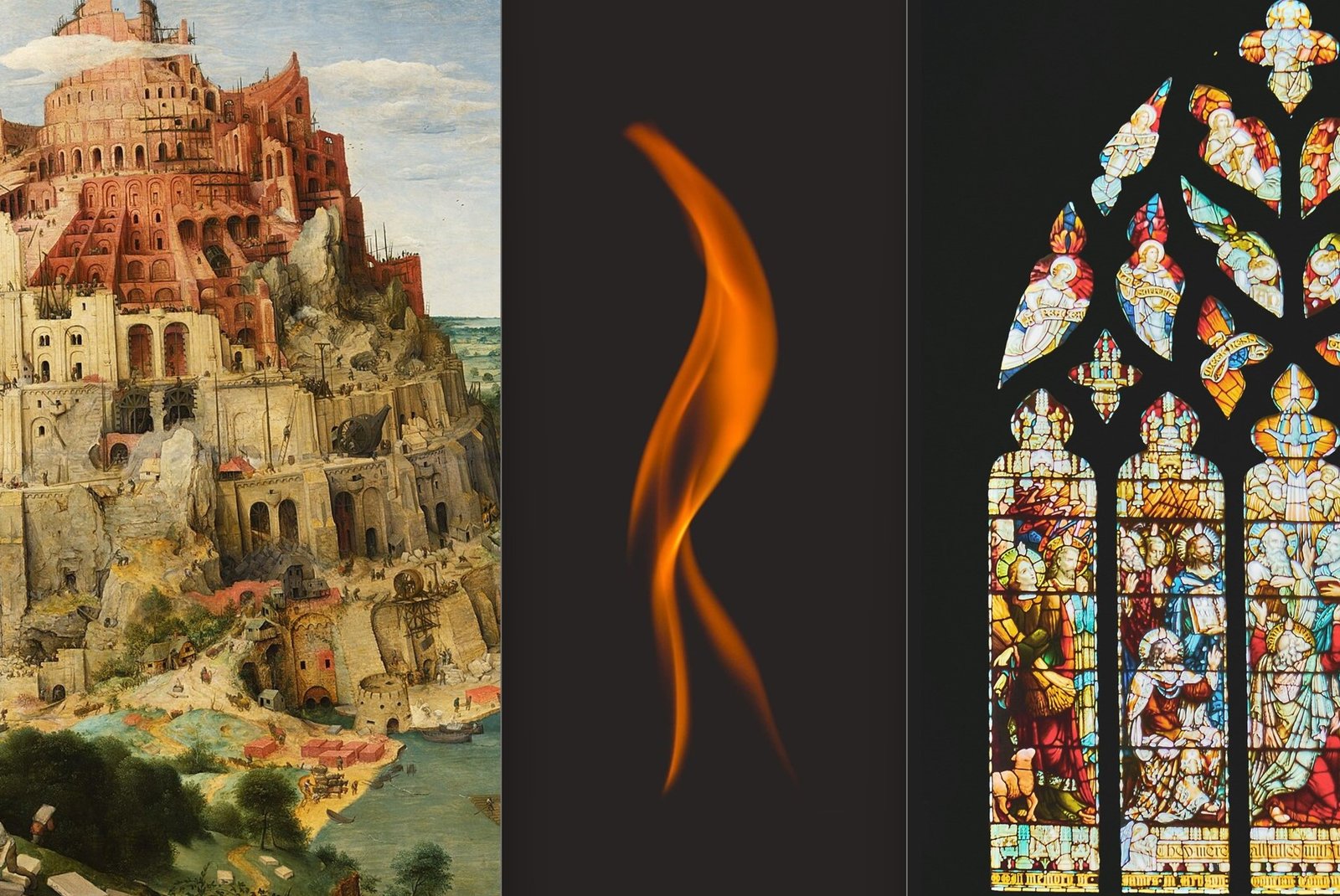This past Sunday, the Church remembered Pentecost. Fifty days after the resurrection of Jesus, Christians around the world celebrate the birth of the Church. But Pentecost isn’t just a distant historical event, it’s a vital part of the Biblical narrative that continues to speak powerfully into our lives today.
To grasp its significance, we need to zoom out and look at the bigger picture, the Biblical metanarrative. Then, we can look at what actually happened on that day in Acts 2. Finally, we’ll explore what Pentecost means for us today.
A Reversal of Babel: The Big Story
Pentecost has a close connection with another event that occurred thousands of years prior: the Tower of Babel in Genesis 11. In human pride, people tried to build a tower to reach the heavens and make a name for themselves. In response, God confused their language and scattered them.
But in Acts 2, we see a beautiful reversal of that ancient event. The Holy Spirit enables the disciples to speak in other languages, this time to unify, not divide. People from every nation heard the Gospel in their own tongue. The pride and chaos of Babel gave way to worship, clarity, and unity.
Pentecost reminds us that the Gospel of Jesus heals what sin has broken. It unites where there was division, and brings understanding where there was confusion.
The Power Given: What Happened at Pentecost?
In Acts 2 we read something strange happening in that crammed upstairs room. A rushing wind, tongues of fire, and the disciples filled with the Holy Spirit. Each sign symbolizes something profound: life, purity, and empowerment.
Too often, the Holy Spirit is either ignored or misunderstood. But the Bible gives us a balanced picture: The Spirit is not just a concept or energy. He is God’s presence living with us.
The Church Born: What It Means Today
The most immediate result of Pentecost was the birth of the Church. Acts 2:41 describes that three thousand people believed and were baptized as the result. What started with a small group of disciples exploded into a worldwide movement.
Acts 2 provides a glimpse into this Spirit-filled Church that had distinct marks: devotion to God’s Word, shared fellowship, meaningful sacraments, consistent prayer, vibrant worship, generous living, and true unity. These qualities still define what it means to be the Church that is Spirit-filled.
In a world that is divided and confused, Pentecost reminds us that the Church is God’s answer, not because it’s perfect, but because it’s filled with the Holy Spirit. By the power of the third person of the Trinity, the Church becomes a place of peace, unity, and salvation for many.
Photo credit: Left: The Tower of Babel by Pieter Bruegel the Elder | Middle: Photo by Paul Bulai on Unsplash | Right: Photo by K. Mitch Hodge on Unsplash



